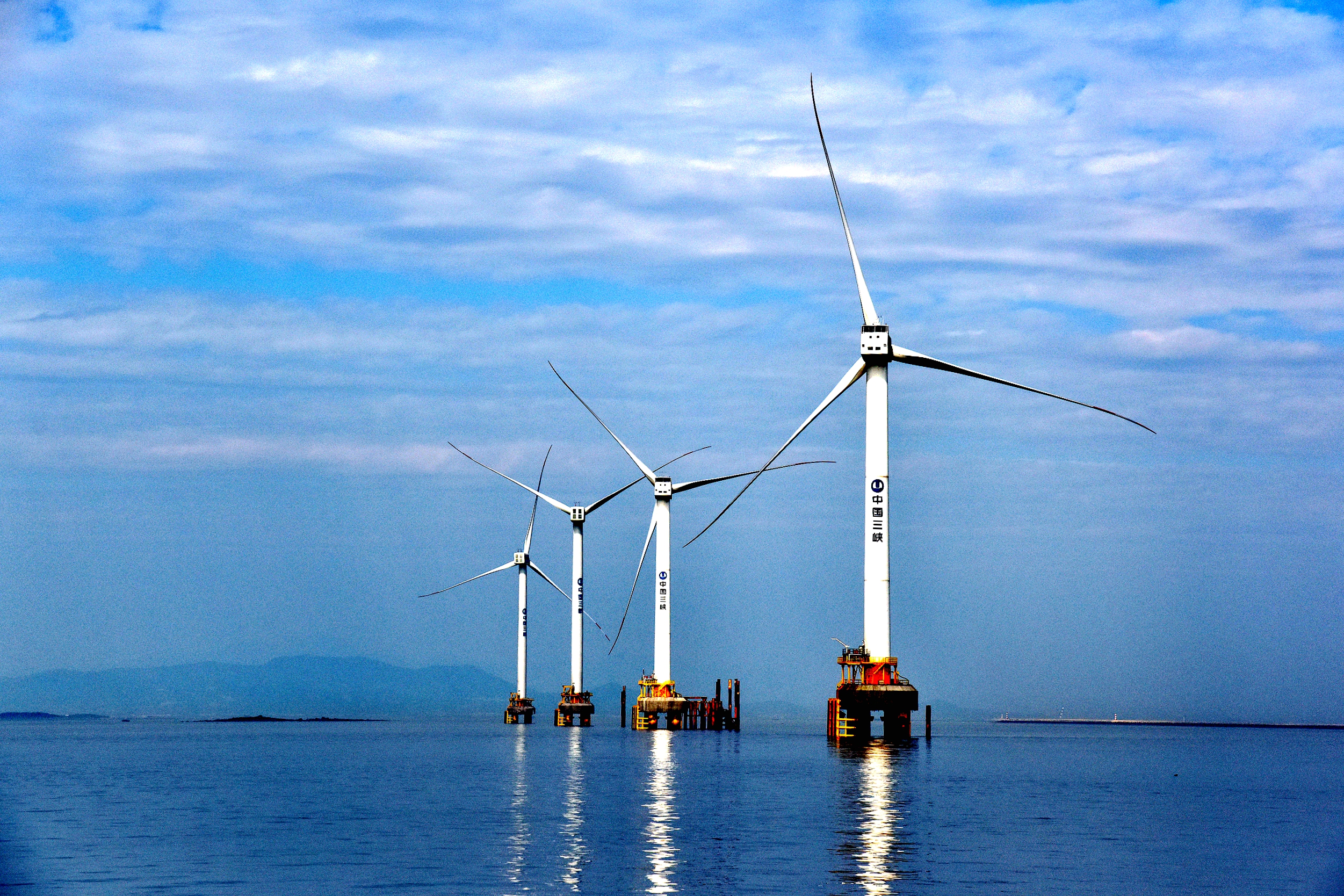What is a Wind Turbine?
Throughout history, the utilization of wind turbines has ebbed and flowed. From windmills in the past few centuries to wind turbines near power stations today, nowhere has it been more common from the last half-century. “Wind Power” describe the process by which wind is used to generate mechanical power or electricity. This mechanical power can be used for specific tasks (such as grinding grain or pumping water), or a generator can convert this mechanical power into electricity. They can be divided into two types according to their construction: horizontal axis wind turbines, which have three blades and operate “upwind”, with the turbine rotating at the top of the tower and the blades facing the wind; Vertical axis wind turbines have omnidirectional turbines that do not need to cater to the wind.

How do Wind Turbines Work?
Wind turbines have a single principle of operation, which greatly reduces the difficulty of maintenance and enhances the safety of use. Instead of using electricity to create wind, like a fan, wind turbines use the wind to generate electricity. The rotor blades work like an airplane wing or a helicopter rotor. They use aerodynamics to convert wind energy into rotating force. The blades rotate around the rotor, which spins the generator, which is made up of magnets and conductors. Using wind to turn the blades generates the mechanical power needed to turn a magnet or enameled wire coil, which generates electricity. The power system uses pure natural wind as an energy source to convert electricity, which has unmatched environmental and cost advantages over other generators.

Where wind turbines are used?
Different scenarios also apply to different machines, land-based wind turbines rated from 100 kilowatts to several megawatts, larger wind turbines are more cost effective and combined into wind farms to provide large volumes of electricity to the grid; And ocean wind turbines don’t have the same transportation challenges as land-based wind installations, because large components can be transported on ships instead of roads. These larger turbines are capable of capturing powerful ocean winds and producing large amounts of energy. Many of the turbines used in distributed applications are small wind turbines. A single small wind turbine (power less than 100 kW) is commonly used in residential, agricultural, and small commercial and industrial applications.

